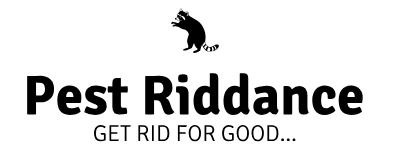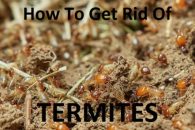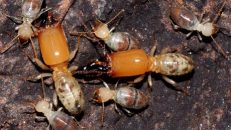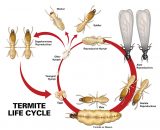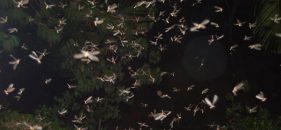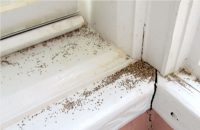Wood mulch itself is not the reason termites and other insects see it as a prime place to base their colony as when you first put it down it’s usually dry.
Instead, what actually draws them to the areas are the same benefits that it provides the plants that you place in and around it:
- Warmth
- Moisture
- Protection
- Helps prevent weeds
So, unfortunately, this is what makes it ideal for termites and the deeper your mulch goes the more insects that will be residing in there.
What mulch is termite resistant?
There’s a few different choices when you’re looking for something that’s resistant to termites. Redwood, cedar and eucalyptus are the most common that are known to be a deterrent for termites nesting.
There has been a few scientific studies have shown that these are effective at managing termite populations.
Pine straw is also a commonly used mulch to help prevent infestations due to it being very low in cellulose and therefore not providing much nutrition for the colonies.
How to treat termites in mulch?
Many peoples first thing to try and do is use some form of insecticide, it’s vital that you do not do this as it will ruin the natural breakdown of the mulch and kill all the beneficial bacteria.
The most effective method of avoiding problems caused by mulch is by simply placing it a few feet away from any concrete or near to your home and surrounding it with a treated soil so it makes it much more difficult for them to nest there.
Try your best to keep this area dry, do not directly water it unless it’s essential because there’s plants there but this will increase the chances of a colony nesting.
But remember they are an essential part of the ecosystem and provide amazing benefits to your soil whilst helping the rehabilitation of your soil, providing your plants with a more nutrient rich life so you should only look to treat them if they pose a direct threat to your home or buildings.
